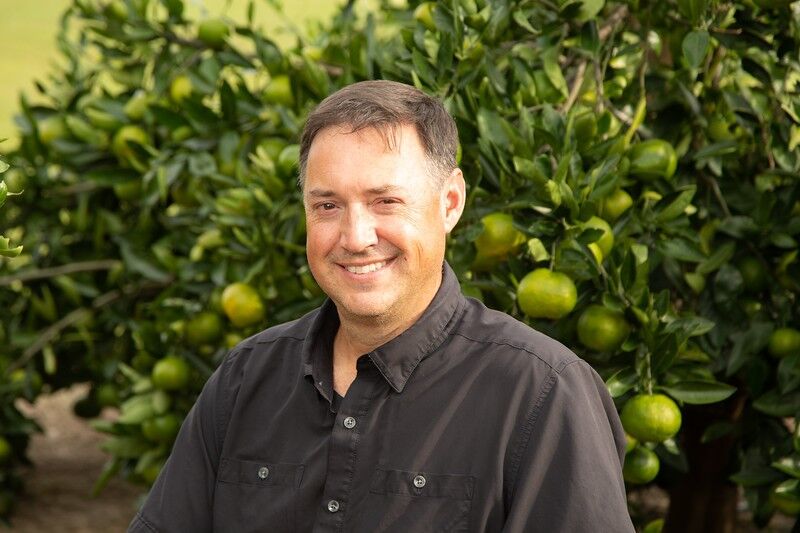JAKE PRICE: Extend your citrus season with ‘Tango’ mandarin
Published 8:00 am Sunday, March 31, 2024

- Jake Price
Most people are familiar with satsuma mandarins, but few people know about Tango mandarins. The Tango was developed in California and according to their citrus breeders, it is the best citrus fruit they have ever produced. After working with Tango for several years and eating my share of them, they may be right!
Lowndes 4-H is currently selling Tango and Satsuma mandarin trees as a fundraiser to support 4-H programs. We also have Ruby Red grapefruit trees. All trees are in a gallon size pot and are $20. Trees are limited. Call 229-333-5185 for more information.
Tango is one of the varieties of citrus that is sold as “Cuties,” with which everyone is familiar. Many Cuties are clementine mandarins, but from my understanding, the ones sold in the late spring and early summer are Murcotts. Tango is a type of Murcott that is seedless.
Satsumas ripen from November to mid-December. The peel can separate from the meat shortly after ripening which makes them soft and easy to peel but shortens their shelf life. For this reason, it is not the best fruit commercially but excellent for homeowners. After mid-December satsumas are past their peak.
Tango can extend your citrus season by several months. Tango is similar to satsumas as they are seedless and easy to peel. The sections also come apart very easily. The fruit is a little smaller than a satsuma, about 2/3rd the size. Tango ripens in early December.
Unlike satsumas, fruit can retain quality on the tree for months. They will last until April if we do not have a freeze that will freeze the fruit. In most winters in Valdosta, the fruit will not freeze on the tree so having fruit all winter is a very real possibility. Tango fruit also keeps well in the refrigerator for a couple of months. For these reasons, Tango is a very good commercial fruit.
Tango fruit is a deeper orange and much more attractive than a satsuma. The flavor of Tango is also different than a satsuma. Satsumas have a mild flavor with low acid. Tango has a different flavor. The sugar content and acid content are higher than a satsuma, which gives the Tango a more intense flavor that is very good.
The tree itself grows quickly more upright than a satsuma tree. Satsuma trees are more spreading and open. Tango will produce good fruit the second year while it takes about 4 years to get good fruit from a satsuma tree. After the second year at my research plot the trees were about four feet tall. In the third year they will produce about 25 pounds of fruit and when mature they will produce about 150 pounds per tree.
Like most citrus, the sugar content of Tango increases as it remains on the tree. By February they are very sweet with a lower acid content. On my tree at home I ate the last Tango in early March and it was one of the best citrus fruits I have eaten all season long. It is easy to see why California citrus breeders say it is the best fruit they have produced.
Tango trees are said to be somewhere between a satsuma mandarin and a sweet orange as far as cold-hardiness goes. I believe that to be true as 94 of the 96 research trees I planted in 2020 survived the severe freeze at the end of 2022.





